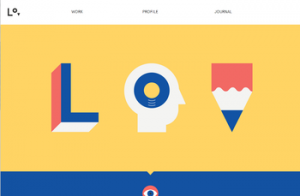Web design relies on the resources of others. Without them, we could still make good looking pages, but it would take exponentially more time. Of course there are textures, fonts, images, and any other visual aspect you want to incorporate for free or cheap use, but we also use time savers behind the scenes.
This isn’t to say we rip off people. It is always best to notify the owner of any resource when you use it, and it is better to use as much original content as possible. Using boring standardized icons won’t ever have the same effect as specialized icons that fit the page they are made for.
Frameworks are what we use behind the scenes, and they are packages made of a structure of files and folders of standardized code used to build websites. They help get you started without making you spend hours typing in code that is normally extremely similar to others such as gridding systems. All websites have a similar structure, and these frameworks allow you to use a “standard” version of that structure and modify it as you need to.
Awwwards has an article explaining the different types of frameworks you might use on a new site, and a collection of great packages to get started.









